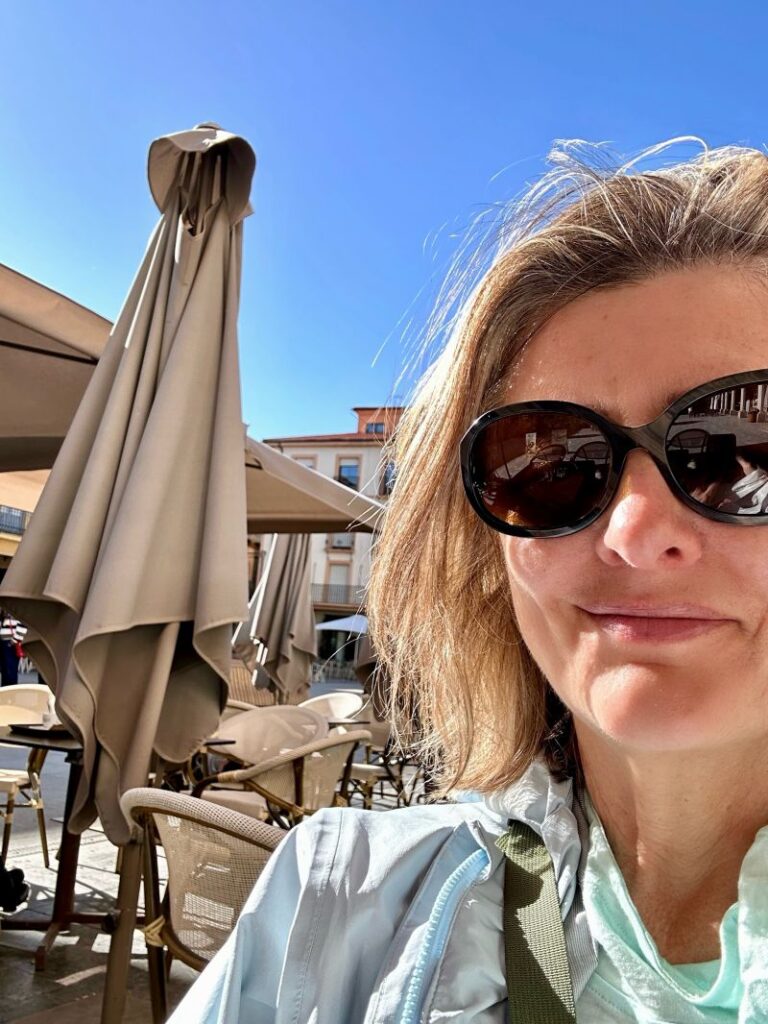“Trust arrives on foot and leaves in a Ferrari”. Mark Carney
I’m currently teaching my teenage son to drive. Last weekend, he drove us all to a Christmas party, from Brisbane to the Sunshine Coast and back. As we hurtled along the highway in heavy traffic at high speed, it was a white knuckled exercise in trust. I was trusting him to get us there safely. Anybody who’s ever taught a child to drive knows it’s about releasing control, accepting the inherent risk and doing it anyway because that’s how they learn. He would never achieve driving mastery if I didn’t put my faith in him to do the right thing.
“To be trusted is a greater compliment than being loved.” George MacDonald
The same can be said of trust in any context. It’s hard trusting when there is a lot at stake and a lot at risk. But it’s essential to relationships and growth. Stephen Covey says “Trust is the glue of life. It is the most essential ingredient in effective communication. It’s the foundation principle that holds all relationships.” When I look around our society, it is interesting to reflect on who and what we trust and why. We trust those in close proximity to us – our direct family, our friends, our immediate colleagues. But the further away the person or entity is from us, the harder it is to trust. The widespread distrust of politicians is a case in point. We trust brands, but only when they’ve earned our trust by consistently delivering on their promises. One only needs to have been watching the recent trials and tribulations of Facebook to see how dangerous it is for a company to take trust for granted.
For companies wanting to have great cultures and be employers of choice, having trust is paramount. Giving trust involves trusting leaders and employees to do the right thing at the right time in the right way. I was commenting to a business associate recently that she appeared so happy in her job. The interesting point was, she was in a smaller company for the first time in her career and she loved it. As a smaller company, collaboration was easier, relationships were quicker to develop and she could influence widely to achieve her outcomes. She could get stuff done quicker. It was a high trust organisation made easier because the ‘proximity’ of everyone was closer. Conversely, in larger organisations, the hierarchy and higher people numbers make it harder. But not impossible.
“We’re paying the highest tribute you can pay a man. We trust him to do right. It’s that simple.” Harper Lee, To Kill a Mockingbird
The work of Robin Dunbar shines light on why we struggle to trust when the proximity is further away. As a University of Oxford anthropologist and psychologist, Dunbar became famous for his theory of the ‘Dunbars Number’ which refers to the number of people with whom any one person can maintain stable relationships. That number is 150.[1] This research explains why larger organisations sometimes struggle to build trust into the culture. Organisations with fewer than 150 people work fine on a person to person basis, but once they grow larger than this, they need a formal hierarchy to work efficiently. And this is the challenge for larger companies. We can only cope with approximately 150 connections before we get overwhelmed and start to operate tribally. The larger the company, the more hierarchy and the more tribes. And this is when building trust gets more challenging. The right organisational design is so important to ensure work groupings that enable goals to get achieved stay within the 150 number.
For senior leadership, sharing information broadly with a large workforce can at times seem risky. Ernest Hemingway once said “The best way to find out if you can trust someone is to trust them.” It’s a little like trusting our teenagers to do the right thing. We have to let them go and trust we’ve brought them up with good values and common sense. By giving trust, hopefully they don’t betray it. Assuming they will betray our trust can become a self-fulfilling prophecy.
“Because you believed I was capable of behaving indecently, I did.” Paulo Coelo, The Devil and Miss Prym
But sometimes, the hardest thing to trust has the closest proximity of all. This is our intuition, that feeling in our body or little voice in our head that talks to us with guidance that can be so counter to our logic. As I get older, I’m trusting my intuition more and more and it has successfully guided me through several difficult decisions over the last several years. My intuition also told me yesterday that my mother needed me. She’s had a tough 18 months with cancer and is still frail. She needed me to take her into a busy Westfield Shoppingtown in arguably the busiest week of the year, to buy Christmas presents. I’d completed my own shopping weeks ago and I was under time pressure to close out my work year. But these days, when my intuition talks, I listen. I took mum shopping and we had a wonderful day. Because my intuition tells me time with our parents is precious. Mum’s special gift is her humanity and connecting with people from all walks of life, and by accompanying her, I got to experience the true spirit of Christmas as we connected with strangers at every turn. Yet again, trusting my intuition paid off.
As a leader, some questions for you to consider as you head into the Christmas period:
How high is the trust level in your organisation? Do you feel you can trust your leaders and employees to do the right thing, at the right time, in the right way? Do your people trust you?
How do you trust? Do you give it away freely or make people earn it?
How widely do you share information? Does information flow freely throughout your organisation?
How comfortable are you sharing vulnerably with your team?
When you have big decisions to make, do you listen to your intuition or does your logical brain win out? What is your intuition telling you right now that you might be ignoring?
If you would like a conversation about how you can build higher levels of trust in your organisation or demonstrate trust as a leader, I’d love to hear from you. In the meantime, have a merry Christmas!
[1] Dunbar, R. (2010). How Many Friends Does One Person Need ?London: Faber and Faber.




